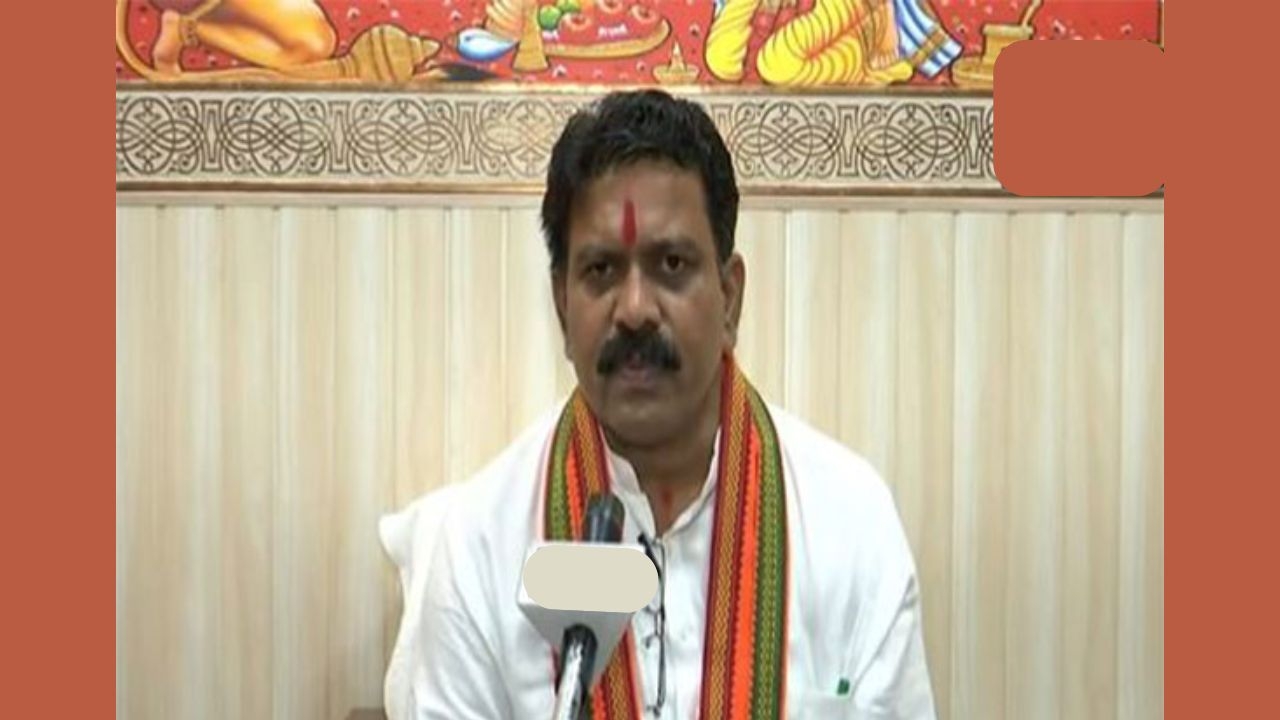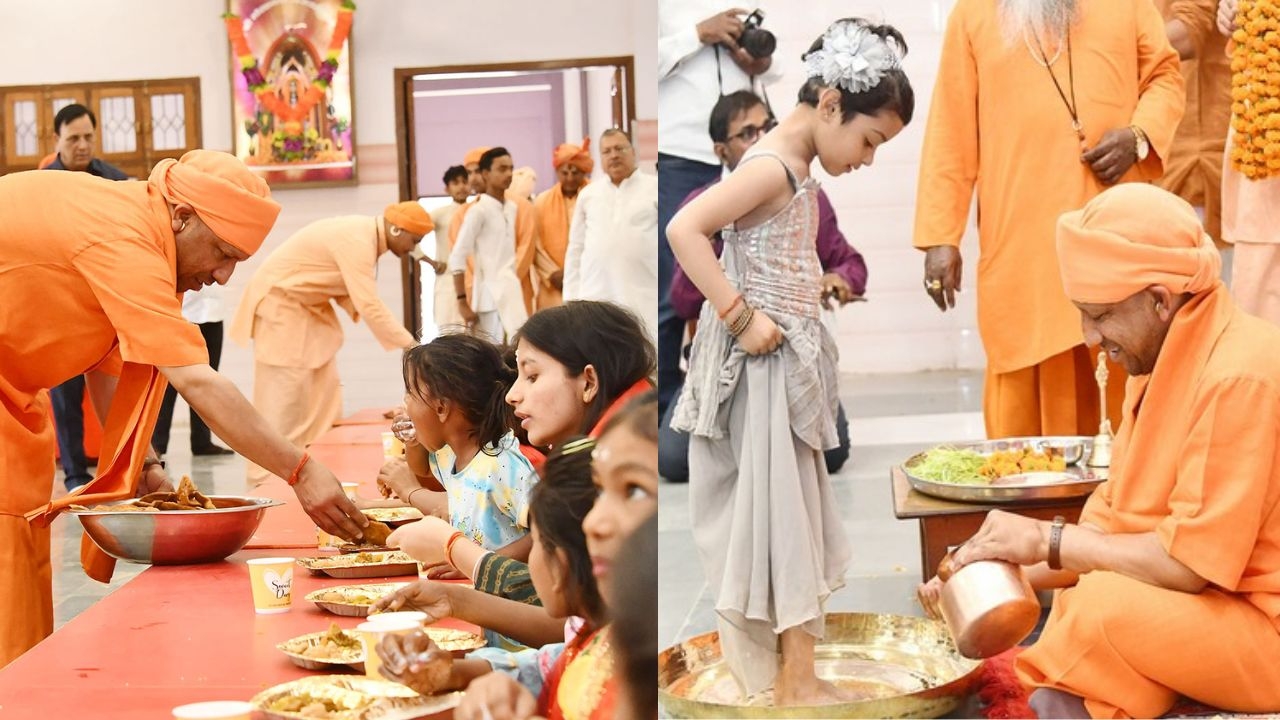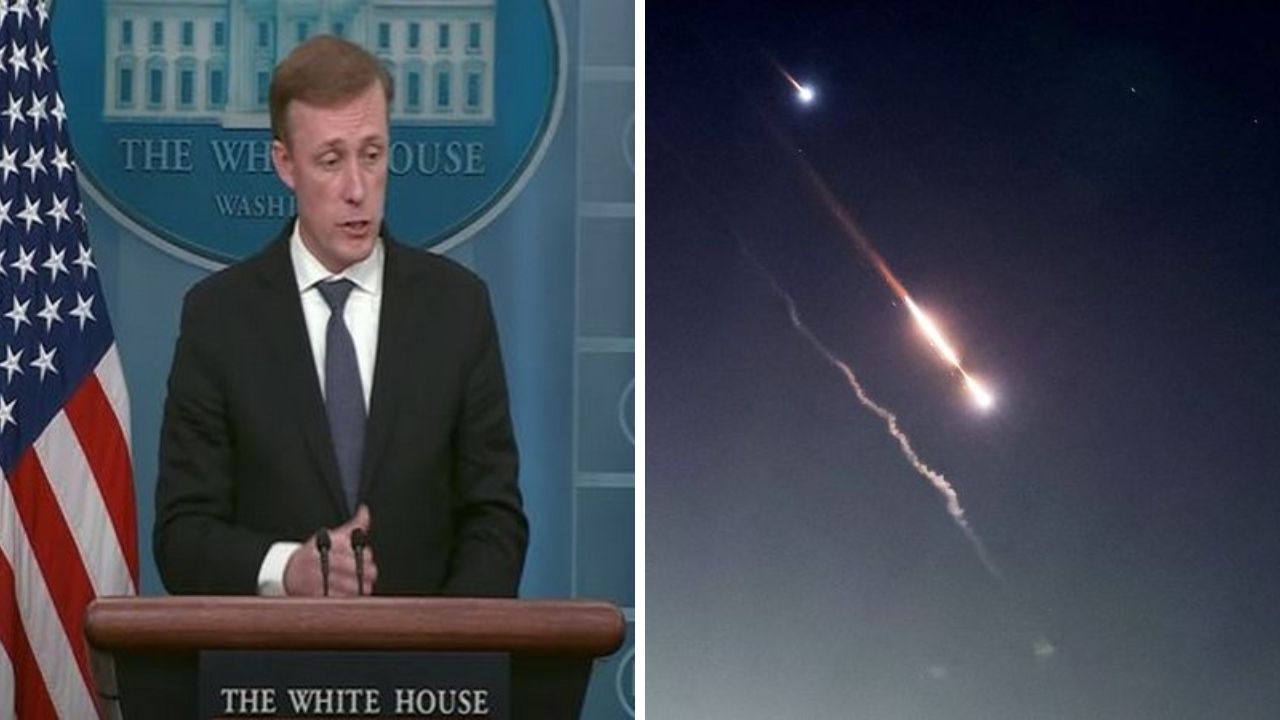BJP places first in Karnataka but Congress, JD (S) pull a fast one
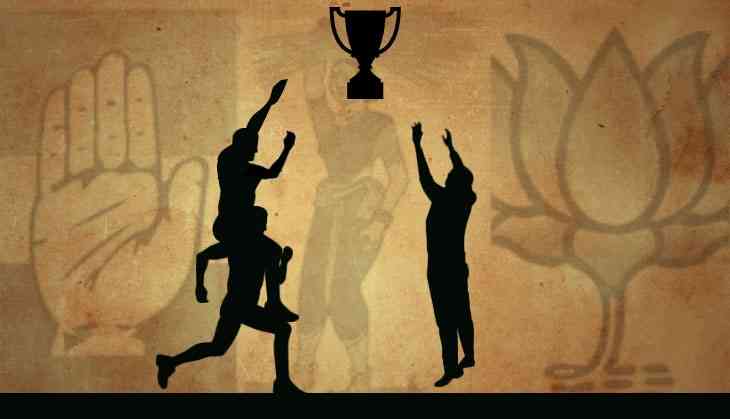
The ball is now in Governor Vajubhai Vala's court: Will he invite the Bharatiya Janata Party (BJP), the single-largest, to prove its majority on the floor of Vidhana Soudha or will he pay heed to the combined claim of Indian National Congress and Janata Dal (Secular)? On Tuesday evening he was still awaiting the final official tally from the Election Commission of India.
By then, the picture was clear, though as the fate of all but a handful of the seats were declared. Among the 222 constituencies where elections were held, the BJP won 104 and Congress 78. JD(S) bagged 37 while its ally Bahujan Samaj Party (BSP) added one to the kitty. The Karnataka Pragnyavantha Janatha Party (KPJP) and an independent candidate also managed a seat each. Polling was not held in two seats.
Considering JD(S) and former CM HD Kumaraswamy won from two constituencies (Channapatna and neighbouring Ramanagaram), the requirement for forming of the government will be the support from 111 members of the Legislative Assembly (excluding the sole nominated member).
Ever since counting started on Tuesday morning, BJP took the pole position and maintained its lead through the day. The general consensus among election watchers seemed to be that the saffron party would comfortably sail past the halfway mark. The morale of the bhakts were also boosted by several exit polls splashed across news television channels.
Outgoing CM Siddaramaiah had also started sounding a little low after leading a vociferous Congress campaign, defending his record in office. Officially though, the Grand Old Party maintained all was well until Siddaramaiah started talking of a Dalit CM, a day before. The veteran Mallikarjun Kharge, however, introduced a twist in the tale on Tuesday morning: that he would discuss the possibility of an alliance the JD(S) with senior colleagues Gulam Nabi Azad and Ashok Gehlot.
Correct position will be known at 11-11.30 am. I am going to discuss it( possibility of alliance with JDS) with Ghulam Nabi Azad and Ashok Gehlot.: Mallikarjun Kharge,Congress #KarnatakaElections2018 pic.twitter.com/vvUqunzVA6
— ANI (@ANI) May 15, 2018
At that, most observers didn't pay much heed, to such a possibility. The BJP was moving ahead comfortably. By afternoon, it seemed to be stuck an arm's length, away from the required number. Soon, Azad and Gehlot appeared in state capital Bengaluru even as counting was on, seemingly to hold parleys. Those familiar with Kumaraswamy's mood were not confident though.
As a senior city-based journalist explained, “he would not be ready to be a deputy of any other chief minister.” In effect, he would want the hot seat for himself. Will Congress, with double the number of seats, be ready to play along? The same Congress, which couldn't make itself party to a Samajwadi-BSP alliance in Uttar Pradesh just a few months ago, to take on the BJP in bye-polls.
Camp BJP did not think it would. Pictures of celebrations started floating in. But the Congress put a brake on all that. By late afternoon, Karnataka Pradesh Congress Committee chief G Parameshwara and Siddaramaiah, accompanied by the Delhi duo, declared the party's decision to offer support to the JD(S). Former prime minister HD Deve Gowda's party was quick to accept the offer.
Over to the guv
Early evening, the Congress leaders went to the Raj Bhavan to stake their claim, but the BJP was in no mood to give up. At its parliamentary party meet in New Delhi, party chief Amit Shah presented the results as a BJP victory. Spokespersons of the party were busy telling news anchors that the governor must invite the single-largest party to form the government.
Precedents, however, differ: In the past presidents and state governors have made all sorts of invitations in cases of fractured mandates:
- To single-largest parties
- To leading pre-poll alliances
- Also, to post-poll alliances
#WATCH Constitutional expert S Kashyap says 'Entirely up to Guv to appoint anyone he thinks proper. He's expected to be guided by his assessment of who is likely to command majority support in the House.' pic.twitter.com/v4Z7Y6HjiJ
— ANI (@ANI) May 15, 2018
While former CM BS Yeddyurappa was quick to stake a claim on behalf of the BJP, the Congress cited the examples of Goa and Manipur, where the respective governors had invited the BJP to form the government despite it trailing the Congress in seat-count.
Whatever Vala's decision be, none of the sides would find it easy. For the BJP, the seven-seat shortfall looks unbreachable. Even if it manages to woo the BSP, KPJP and independent members, it would need the support of four more.
That would keep the Congress and JD(S) on tenterhooks until the floor test on fears of their MLAs being poached – the drama over Ahmed Patel's re-election is fresh in memory.
If nothing works, another election would be the only way out.
So, whose victory is it really
Prime Minister Narendra Modi and Shah have been quick to congratulate the party and claim victory. The Congress meanwhile, was busy trying to prevent its bete noire from assuming power. But the reality is that the mandate is fractured – an image distorted.
On the face of it, the BJP made handsome gains – 104 seats, up from a meagre 40 in the last Assembly polls in 2013. Even if you add the six and four seats, won respectively by breakaway factions Karnataka Janata Paksha (led by Yeddyurappa) and B Sreeramalu's BSRCP, the achievement remains tall.
Congress, on the other hand, lost vast ground: Falling to 78 from 122. The JD(S) lost a minor two seats while ally BSP bagged one. This clear distinction between the levels of the big parties start fuzzying when you look at the voteshare: While 36.2% of those who voted chose the BJP, the Congress was ahead with 38% votes, which is actually more than the 36.6% it notched last time. Back then, the BJP garnered only 19.9% but adding the breakaways its tally was 32.4% – still, it is a gain.
JD(S) fell a notch to 18.4% from 20.2%. That doesn't take ally BSP into account though.
The voteshare doesn't reflect proportionally in seats because the Congress votes were spread through the state but not so for others. The JD(S) returned strong numbers in the Old Mysore region (25 of 51 seats) and some other pockets in the east and north, effectively converting its votes into seats.
The BJP did that in a much more productive way in the rest of the state and the urban centres. In fact, it won seats in all six geographical areas of the state. In the polarised coastal belt, its dominance was near perfect: 18 of 21. Congress managed seats across the state too but it was evidently spread too thin.
This picture of Congress's decimation – the first time after Rahul Gandhi took over the reins – can be misleading though, once you compare the situation with the 2014 Lok Sabha elections.
Modi is no guarantee
Amit Shah may be putting up a happy face but the fact remains that the master strategist fell short of target – the Mission 150 – again after Gujarat. That 150 was a long shot was clear when last Thursday – the last day of campaigning – he said the party would win “at least 130 seats”. Tuesday's results are way behind even 130. So what happened?
The logic of Shah's target gets clearer when you consider that in the 2014 General elections the BJP led in 130 Assembly constituencies while winning 17 of the state's 28 Lok Sabha seats. For someone as ambitious as Shah, a target of 150 is but only a logical progression. It, of course, proved tougher on the ground as a resolute Siddaramaiah threw in a stiff fight, matching the BJP in ingenuity with issues such as a separate religion tag for Lingayats and appealing to the Kannada sub-nationalistic sentiment.
The advent of Modi, whose brand equity remains steller in the state, of course gave a much-needed fillip to the BJP in the neck-and-neck race. Journalists and political pundits vouched that Modi was a factor, just like he was in 2014. Thus Shah couldn't be blamed for hoping to at least retain those levels.
But Tuesday's results show that was not the case – the BJP slid considerably from its 2014 levels.
It has lost ground in the eastern region around capital Bengaluru, even coming third in some seats of Kolar that it won four years ago. The Congress clawed back and wrested 16 of the region's 36 seats while JD(S) took seven, leaving the BJP with 11.
In the Hyderabad-Karnataka region, the Congress snatched 15 of 31 seats while the BJP managed 12, leaving four for the JD(S). Even a Modi campaign couldn't win Bellary for the BJP. The same was the case in Chamarajanagar in the south; in Jamkhandi and Koppal; one seat each in Belagavi and Gulbarga and several in Bengaluru.
Apart from the coastal belt, the BJP remained strong in the Mumbai-Karnataka region with 30 seats (Cong – 17) and central Karnataka (BJP - 24, Cong – 11).
In the 2014 polls, the BJP garnered an overall 43% in the state. The Congress did 40.8%, both declines. Like Modi, a large part of Rahul Gandhi's campaign can also be seen as a misfire. For the Congress, however, it was Siddaramaiah who was leading the battle. Going by 2014 standards, he managed to save most of the party's ground. But it doesn't seem that his banking on the AHINDA base – a coagulation of Kurubas (his own community), the scheduled castes and tribes, other backwards classes and religious minorities – paid off as he expected.
To complete the picture you need the JD(S), who penned the story of a spectacular comeback from being reduced to two Lok Sabha seats, with leads in only 15 Assembly segments and a 11% voteshare. Its 18% voteshare this time means it has not only succeeded in holding on to its Vokkaliga base but has also added other communities. The pre-poll understanding with the BSP and the little leg-up from All-India Majlis-e-Ittehadul Muslimeen chief Asaduddin Owaisi must have worked.
On the whole, whatever Vala may decide and whoever may form the government, if the alliance whose foundation was laid on Tuesday continues it can set precedents and lead to interesting possibilities in the future. Politics, after all, is the art of that.
First published: 15 May 2018, 22:50 IST

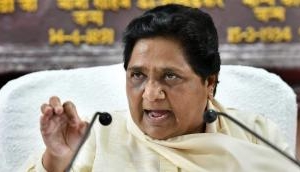
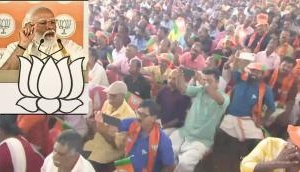
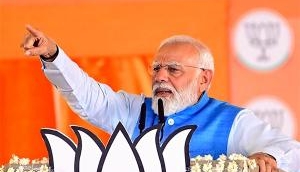
_251267_300x172.jpg)

![BJP's Kapil Mishra recreates Shankar Mahadevan’s ‘Breathless’ song to highlight Delhi pollution [WATCH] BJP's Kapil Mishra recreates Shankar Mahadevan’s ‘Breathless’ song to highlight Delhi pollution [WATCH]](http://images.catchnews.com/upload/2022/11/03/kapil-mishra_240884_300x172.png)

![Anupam Kher shares pictures of his toned body on 67th birthday [MUST SEE] Anupam Kher shares pictures of his toned body on 67th birthday [MUST SEE]](http://images.catchnews.com/upload/2022/03/07/Anupam_kher_231145_300x172.jpg)


